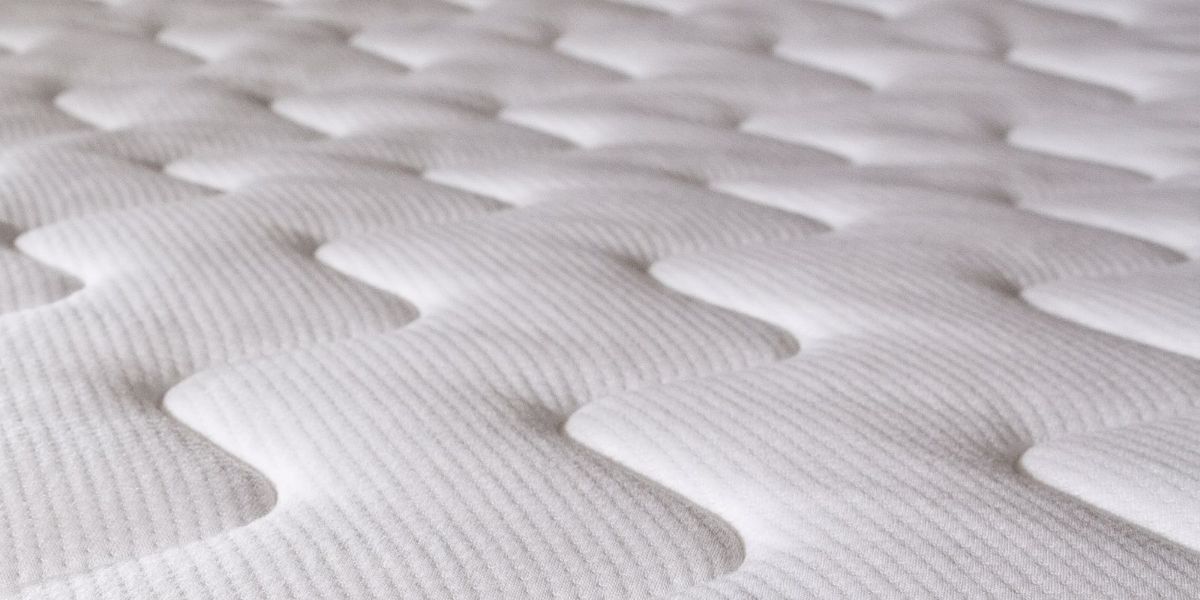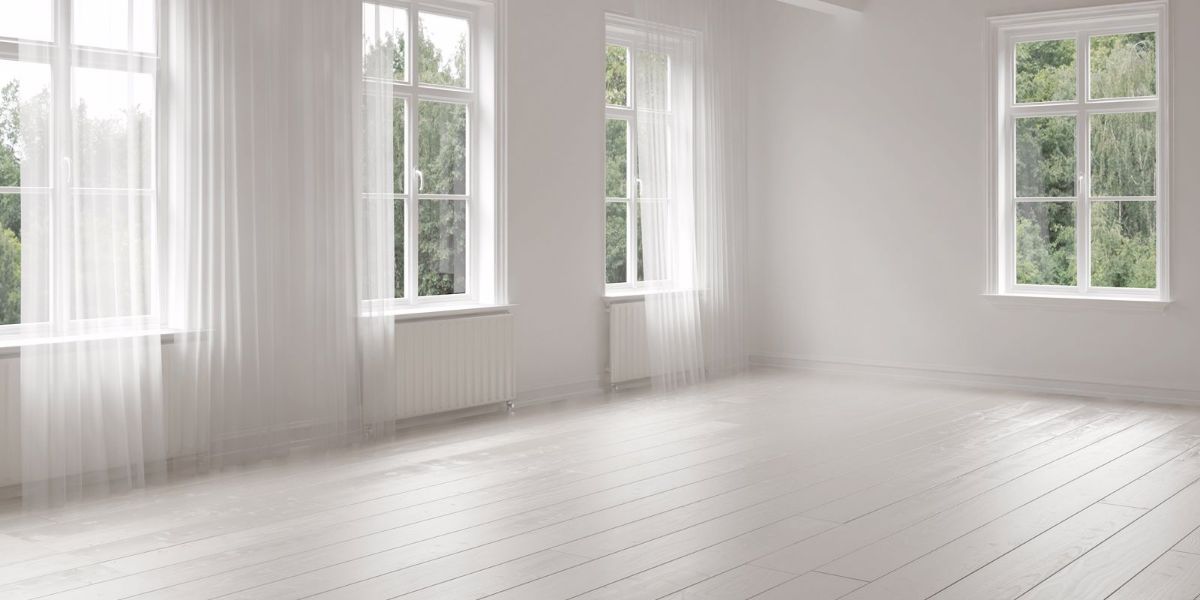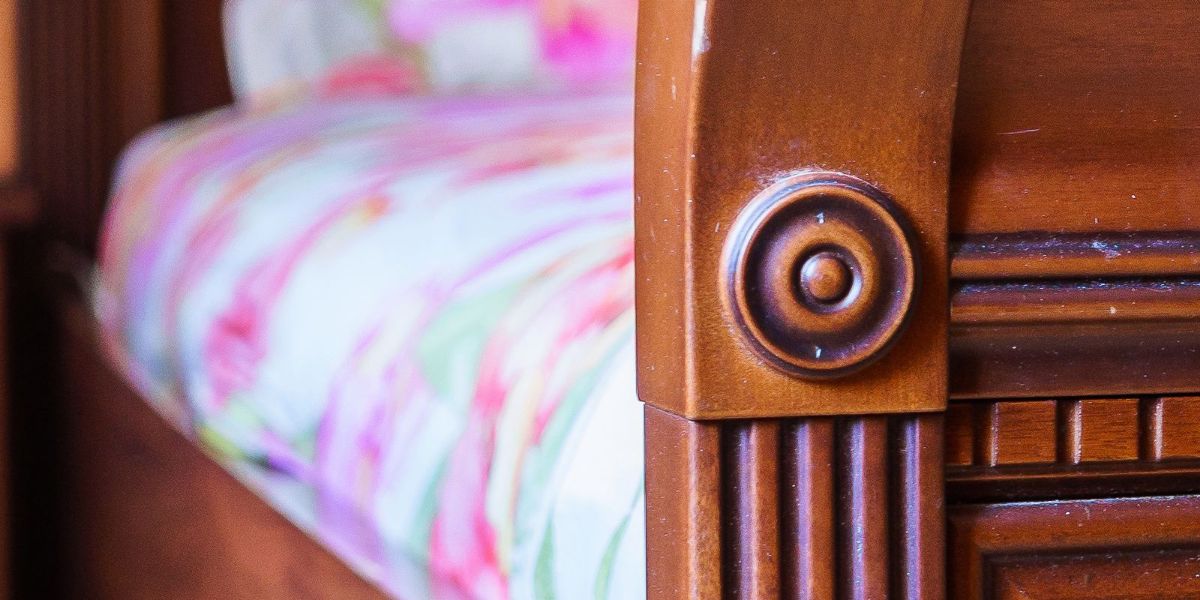Time to kick your bedmaking game up a notch. Making your bed first thing in the morning may seem like a small accomplishment, but in reality, it sets the tone for the rest of the day. Plus, and this is a biggie, a bed that is made up also encourages you to get a restful night’s sleep.
Let’s look at a few tips to make the perfect bed for a restful night’s sleep.
First: Protect Your Mattress
The first step to making your bed starts with protecting the mattress. You should start with a mattress protector that keeps your mattress fresh and you feeling comfortable. A mattress protector acts as a top-of-bed barrier, protecting your mattress from dust, dust mites, allergens, liquids, and stains. You can also select a mattress protector with features to keep you cool and comfortable at night. By reducing heat that can get trapped next to the body, a mattress protector can help create a healthy night of rest.
Next: Sheets
The next step to making your bed is having the perfect set of sheets to help keep your bedding clean and provide comfort and style in your bedroom. Choose from materials such as soft cotton or a cotton blend that offers a cozy cotton feel as good as a lustrous and wrinkle free finish. You can also look for features such as deep pockets and over-sized dimensions that will simplify the bed making process. An ultra-thick elastic in your fitted sheet can also help ensure a secure fit.
Then: The Comforter and Pillows
This is mostly personal preference, but an easy-to-maintain comforter is machine washable and easy to change. Keeping the comforter clean is essential to the look of a freshly made bed as well as the feel of a comfortable bed when you crawl under the covers at night.
Having the perfect pillow is also crucial to achieving your best night’s sleep. Pillows come in many sizes and densities, which ensures there is a pillow out there for everyone. Regarding size, there are often regular sized pillows, or XL, which work best for King/California King beds. When it comes to densities or feel, there are pillows that range from soft to firm, and are made of materials such as gel and memory foam.
Last: Throw Pillows & Blankets
No look is complete without the final touches. In this case, we’re talking about throw pillows and throw blankets. Throw pillows, available in a variety of sizes and color schemes, allow endless opportunities to add dimension as well as color to your space.
If it’s the first thing that you do when you wake up, making your bed can give you a sense of accomplishment at the beginning of your day, which will only encourage you to complete task after task.Visit one of our eight locations across East Texas and Louisiana today to find your perfect pillow or mattress protector!





















